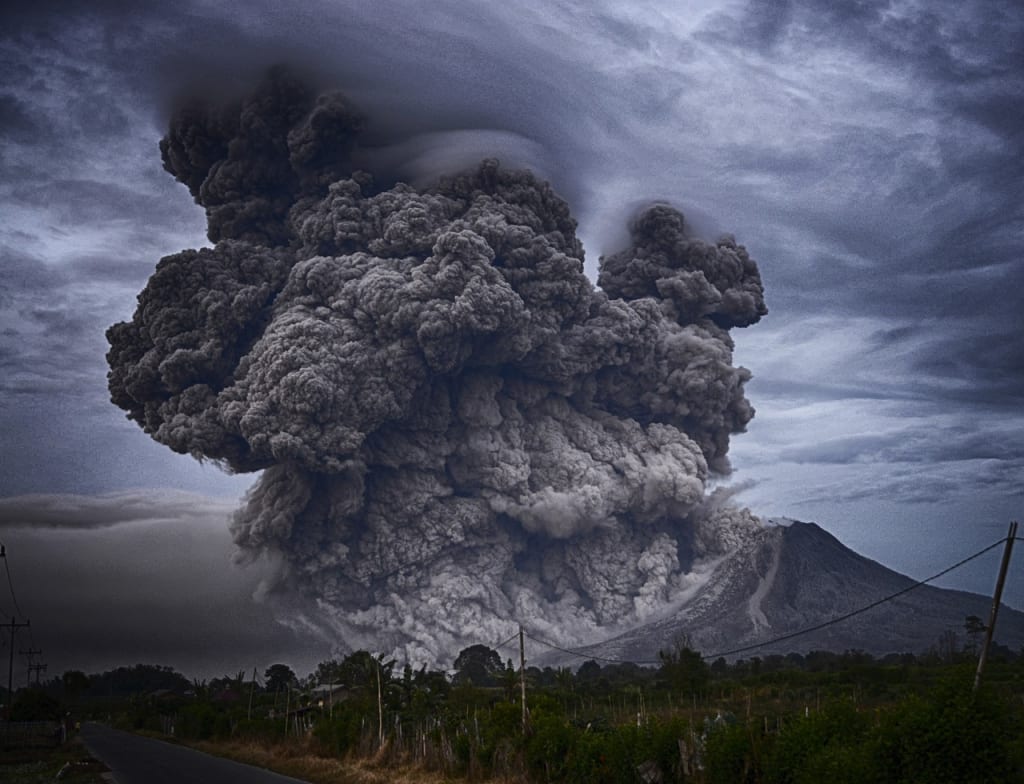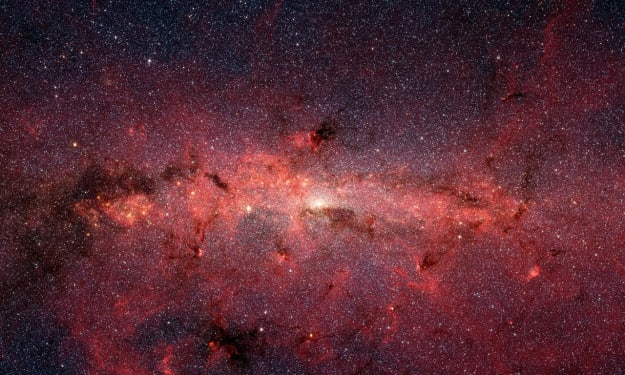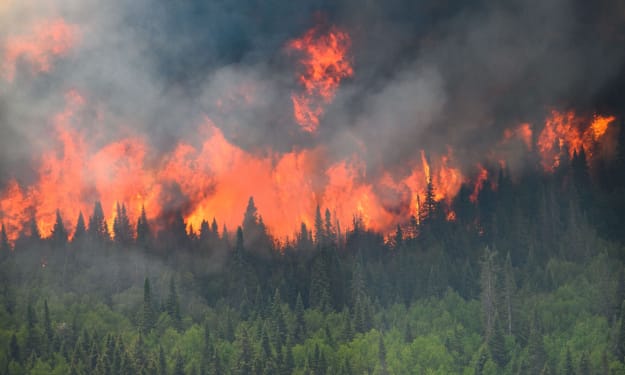Volcanic eruption explained
volcano happens

In February 1942, Mexican farmer Dionisio Pulido remembered hearing thunder coming from his cornfield. However, this voice did not come from heaven. The spring is a large, smoky crater that emits gas and emits rock. The eruption became known as Palicutin, and over the next nine years, lava and ash covered an area of more than 200 square kilometers. But where did this new volcano come from, and what caused the sudden eruption? The story of a volcano starts with magma. Usually, these lavas form in areas where seawater can penetrate the mantle and reduce the melting of the mantle. Magma usually remains under the Earth's surface due to the balance of the three terrestrial elements. The first is lithostatic pressure. This is the weight of the Earth's crust pressing down on the magma below. Magma is pushed through the second factor (magmastatic pressure). The argument between these forces comes down to a third factor: the strength of the rocks in the Earth's crust.
This means that these rocks are strong and heavy enough to hold magma. However, if this balance is disturbed, the consequences will be enormous. One of the main causes of eruptions is the increase in magmastatic pressure. Magma contains a variety of elements and compounds, many of which dissolve into molten rock. At high concentrations, compounds such as water or sulfur do not dissolve, but instead form high-pressure bubbles. When these bubbles reach the surface, they explode with the force of the blow. When millions of bubbles explode at once, the force sends volcanic ash into the stratosphere. But before it explodes, it looks like a carbon bubble in a shake of soda. Their presence reduces the density of the magma and increases the force that pushes the Earth's crust upward. Many geologists believe that this activity was the cause of the eruption of the Paricutin volcano in Mexico. These floating bubbles are known to have two environmental causes. Sometimes new magma from underground brings other gaseous compounds. However, bubbles appear again as the magma begins to cool.
In its liquid form, magma is a mixture of dissolved gases and liquid minerals. As the lava hardens, some minerals harden into crystals. There is no dissolved gas in this process, the concentration of the compounds increases and bubbles form that can easily explode. Not all eruptions are caused by increased magmatic pressure—sometimes the overlying rock is under very little pressure. Landslides can remove large amounts of rock from above the magma chamber, lowering the lithostatic pressure and directly triggering a volcanic eruption. This process is called "offloading", and it has caused many explosions, including the sudden eruption of Mount St. St. Helens in 1980. But long-term subsidence is also possible due to erosion or melting of glaciers. In fact, many geologists are concerned that melting glaciers due to climate change will lead to more volcanic activity. Finally, an eruption occurs when the rock formation can no longer hold the magma below it. The acid and hot gases produced by the magma can dissolve the rock through a process called thermal alteration, turning the hard rock into soft clay.
Tectonic activity can also weaken rock formations. Earthquakes can create cracks that allow magma to come to the surface, stretching the Earth's crust as the Earth's plates move away from each other. Unfortunately, understanding the causes of volcanic eruptions is not easy to predict. Although scientists can determine the strength and gravity of Earth's crust, the depth and heat of magma chambers make it difficult to measure changes in magmatic pressure. But volcanologists are still exploring new ways to conquer this rocky landscape. Advances in thermal imaging technology allow scientists to see underground hot spots. Spectrometers can analyze gases coming out of magma. Lasers can trace the influence of rising magma on the shape of a volcano. We hope that these tools will help us to understand more about atmospheric gases and their explosions.
About the Creator
Rowan Sharkawy
someone who love to know anything & share it with every one
welcome to my profile






Comments
There are no comments for this story
Be the first to respond and start the conversation.